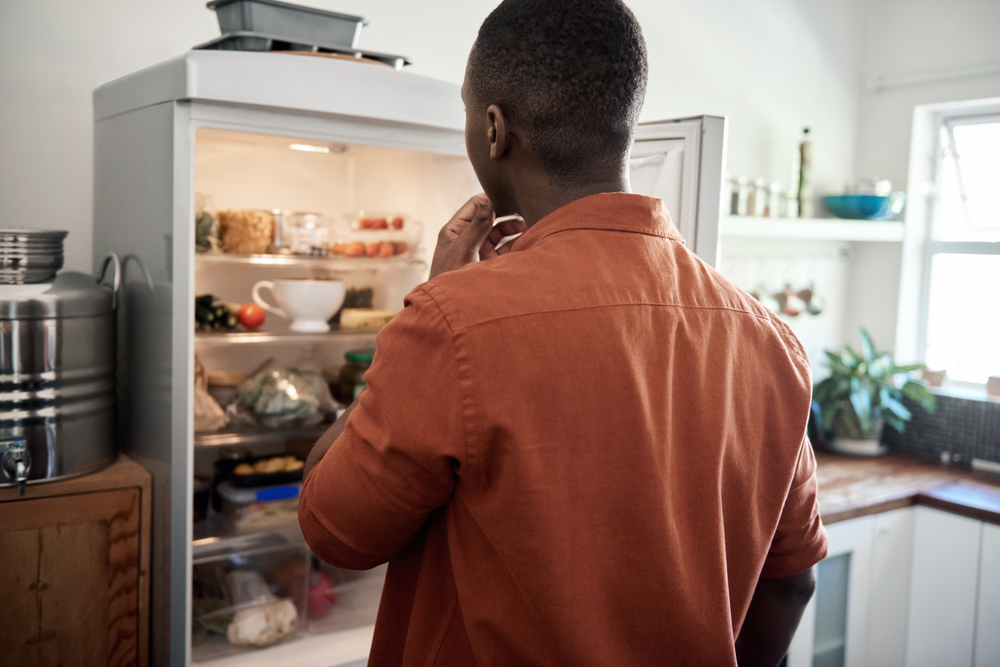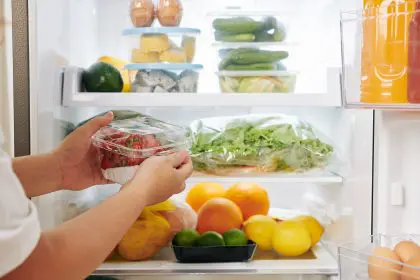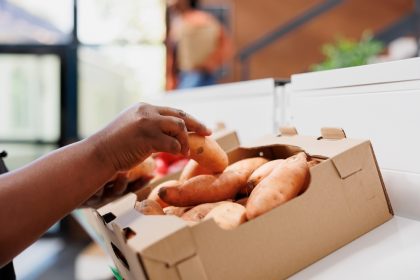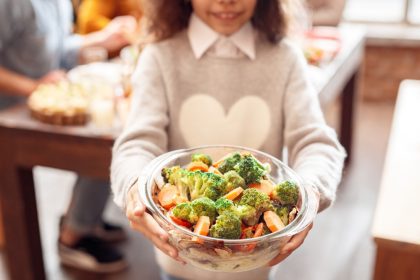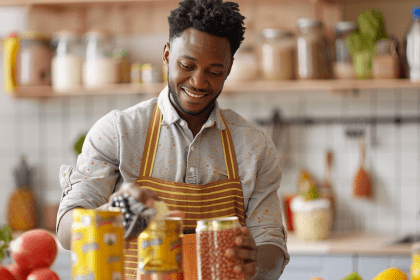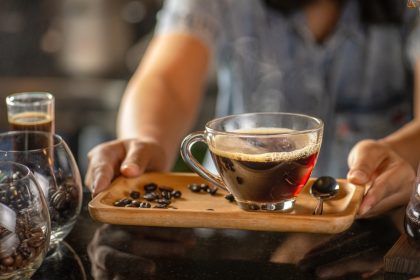The modern weekday dinner routine often falls somewhere between takeout apps and hastily assembled meals. Yet a growing movement of time-conscious home cooks has found a middle path: strategic meal preparation that maximizes efficiency without sacrificing nutrition or flavor.
Data from meal planning service Mealime shows that dedicated meal preppers save an average of five hours weekly in the kitchen, valuable time that can be redirected toward other priorities. This approach, often summarized as “cook once, eat twice,” has evolved far beyond simple leftovers into a sophisticated system for kitchen efficiency.
The batch cooking foundation
The first and most fundamental meal prep strategy involves cooking large quantities of versatile base ingredients that can transform throughout the week. This method suits busy professionals who prefer dedicating a single block of time to cooking rather than daily preparation.
Batch cooking staples include whole grains like brown rice and quinoa, which maintain texture for 3-4 days refrigerated. Proteins such as roasted chicken, baked tofu, or slow-cooked beans also retain quality and can be repurposed across multiple meals.
Research from the American Journal of Preventive Medicine indicates that people who spend more than an hour a day preparing food consume more fruits and vegetables than those who spend less time cooking. Batch preparation helps bridge this gap, allowing for healthier eating despite time constraints.
The component system
The second effective approach treats meal preparation as an assembly of components rather than finished dishes. This strategy provides flexibility while maintaining efficiency.
Instead of creating complete meals, preparers roast several sheet pans of vegetables, prepare multiple proteins, and mix several sauces or dressings. These components can then be mixed and matched throughout the week, preventing the fatigue that often comes with traditional leftovers.
For example, roasted sweet potatoes might become a breakfast hash one day, a lunch bowl addition the next, and part of a dinner grain salad later in the week. This approach particularly benefits households with varying taste preferences or dietary needs.
The progressive meals method
The third strategy involves intentionally creating meals that evolve over days. Unlike simply eating the same leftovers, this approach transforms ingredients into entirely different dishes.
A Sunday roast chicken becomes Monday’s chicken enchiladas, while the carcass creates Tuesday’s soup base. Similarly, a pot of marinara sauce might start with pasta, transition to shakshuka, and finish as pizza topping.
This method reduces food waste, a significant issue considering that American households throw away approximately 30% of their food according to Environmental Protection Agency data. By planning multiple uses for ingredients, less food ends up discarded.
The freezer maximizer technique
The fourth approach leverages freezer space as a meal prep extension. Rather than limiting prepared food to what can be consumed within 3-4 days, strategic freezing allows for preparation weeks or even months in advance.
Not all dishes freeze equally well, however. Foods with high moisture content, hearty textures, and limited dairy typically maintain quality best. Soups, stews, casseroles, and most cooked grains freeze exceptionally well, while preparations like dressed salads or crispy foods generally do not.
The USDA reports that frozen foods maintained at 0°F remain safe indefinitely, though quality may decline after several months. Proper labeling with contents and dates helps manage this extended pantry effectively.
The cross-utilization approach
The fifth method takes inspiration from professional kitchens, where ingredients often appear in multiple dishes to minimize waste and maximize efficiency. Home cooks can apply this principle by selecting recipes that share ingredient lists.
If meal plans include cilantro for tacos, the herb might also appear in a curry later that week. Similarly, partial containers of products like yogurt, tomato paste, or specialty cheeses can be scheduled across multiple recipes rather than languishing until they spoil.
Menu planning apps have begun incorporating this feature, suggesting recipes based on ingredients already in the shopping list. This approach has gained popularity as food prices have risen approximately 25% since 2019, according to Bureau of Labor Statistics data.
The appliance strategy
The sixth technique maximizes cooking efficiency through strategic appliance use. Slow cookers, pressure cookers, and sheet pan meals all offer ways to create complete dishes with minimal active preparation time.
Modern electric pressure cookers have revolutionized meal preparation by reducing cooking times by up to 70% for items like dried beans, tough cuts of meat, and whole grains. These devices allow busy individuals to create dishes that traditionally require long cooking times without active monitoring.
Similarly, sheet pan meals, where proteins and vegetables roast together, minimize both preparation and cleanup time. A 2022 survey by kitchen appliance manufacturer Ninja found that 64% of respondents reported using multi-functional cooking appliances more frequently than before the pandemic, suggesting the staying power of this approach.
The partial prep compromise
The seventh strategy acknowledges that complete meal preparation doesn’t work for everyone. Instead, this approach focuses on completing the most time-consuming or technical aspects of cooking in advance.
This might include washing and chopping vegetables, marinating proteins, preparing homemade salad dressings, or pre-cooking ingredients that require long cooking times. With these elements ready, weeknight meal assembly becomes significantly faster while maintaining the freshness and customization of just-cooked food.
This method particularly benefits those who enjoy the meditative aspects of cooking but struggle to find weeknight time for complete meal preparation. It also works well for foods that don’t maintain optimal texture when fully prepared in advance, such as seafood dishes or meals with crispy elements.
Sustainable meal prepping
While the time-saving benefits of meal preparation are clear, sustainability considerations have become increasingly important. Reusable glass containers have gained popularity over disposable plastic options, with sales increasing 42% between 2020 and 2022, according to market research firm NPD Group.
Additionally, meal planning helps reduce food waste through intentional shopping. The Natural Resources Defense Council estimates that reducing food waste by just 15% would save enough food to feed more than 25 million Americans annually. Proper meal planning contributes directly to this potential.
For those new to meal preparation, experts recommend starting small, perhaps preparing just lunches for the workweek—before attempting more comprehensive systems. Like any habit, consistency tends to develop through manageable steps rather than complete lifestyle overhauls.
As kitchen time becomes an increasingly precious commodity, these strategic approaches to meal preparation offer a path to maintaining nutrition, reducing food costs, and reclaiming hours each week, all while ensuring that the question “what’s for dinner?” has a satisfying answer waiting in the refrigerator.

